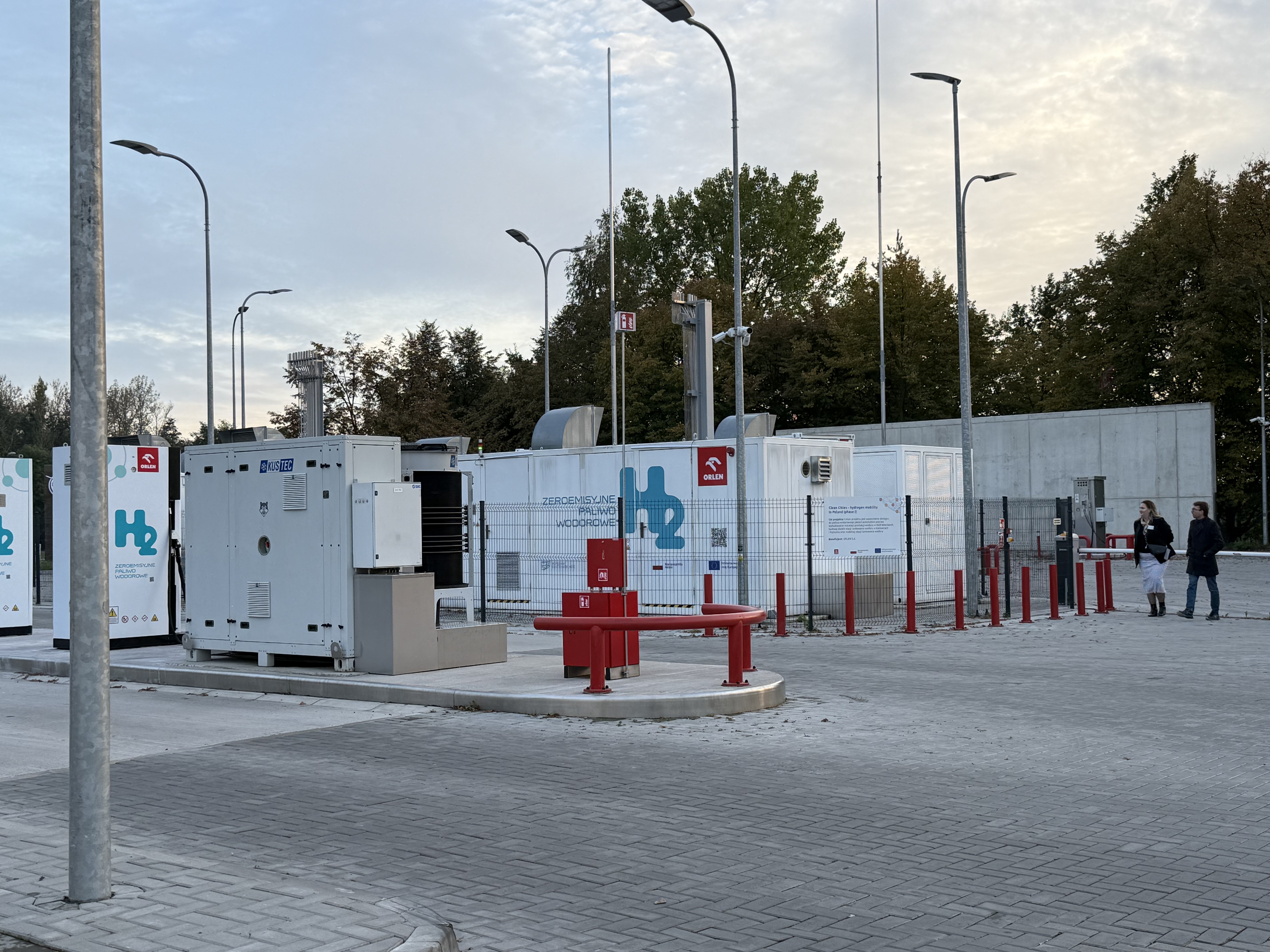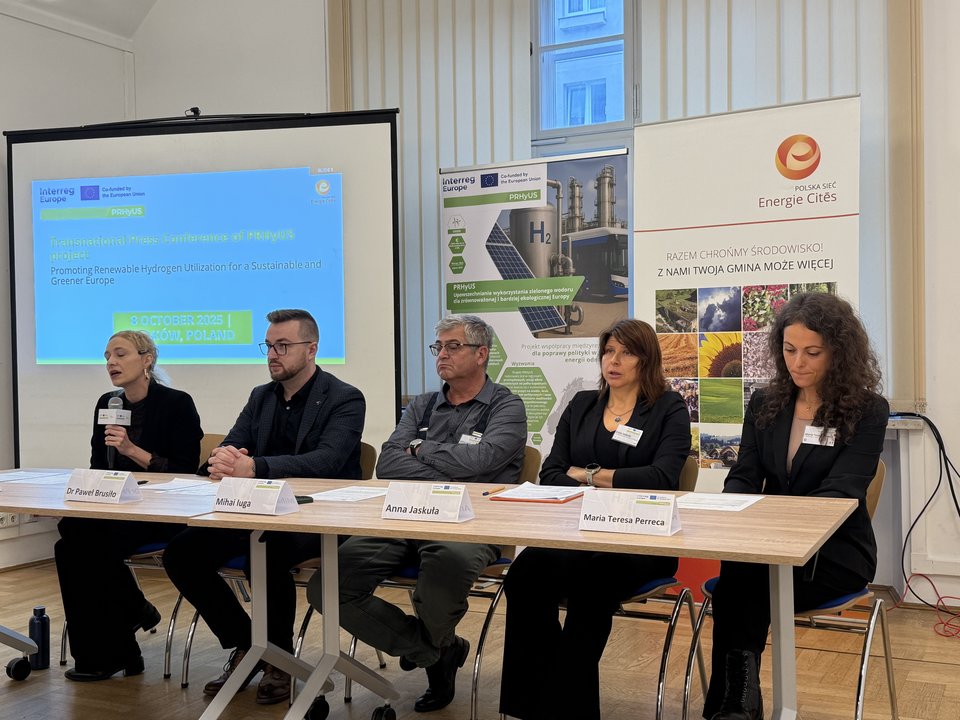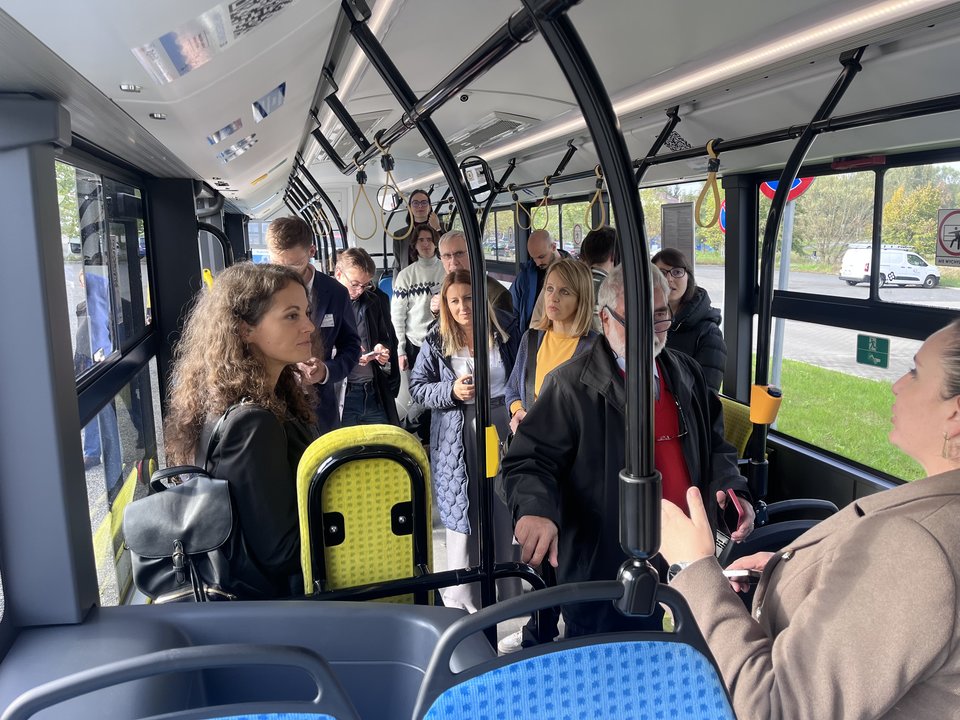The Use of Renewable Hydrogen in Europe Drives Technological Development in Serbia
Oct 9, 2025
The use of renewable hydrogen and the constant search for new energy sources are key for all European countries seeking to achieve climate neutrality goals by 2050. “We must learn from each other and share experiences in the application of H₂ to make implementation more successful, faster, and more cost-efficient,” emphasized representatives of the partners in the INTERREG project PRHyUS during a three-day study visit to Krakow.
The first results and objectives of the PRHyUS project, dedicated to promoting the use of renewable hydrogen for a more sustainable and greener Europe, were presented at a transregional press conference. The Serbian Chamber of Commerce and Industry participates in the project as part of an international consortium, together with partners from Italy, Germany, Poland, France, Belgium, Bosnia and Herzegovina, and Romania. The conference, held as a panel discussion, was part of the visit program to Poland from October 7–9, alongside an expert exchange, an interregional workshop, and a visit to the hydrogen district.

Polish hydrogen expert Pawel Brusilo presented practical examples of renewable hydrogen use, emphasizing local action as a response to global challenges.
“Several municipalities in Poland are using green hydrogen buses, which means that the public transport sector no longer emits harmful gases,” Brusilo said.
Another example, he noted, is PROMET PLAST, a small Polish polymer manufacturer that, with EU funding, initially installed a small electrolyzer for renewable hydrogen production, later increased its capacity, and today sells its surplus production.
“Hydrogen is not a universal solution — it is a tool that enables us to decarbonize sectors that are hardest to electrify. Within PRHyUS, we translate Europe’s ambitions into regional corridors, contracts, and revenues, so that by 2030 we can establish real, functional, and economically sustainable hydrogen ecosystems,” Brusilo emphasized.

Mihai Juga, from the Regional Development Agency Centru in Romania, highlighted the project’s role in attracting investments in Mureș County aimed at using renewable hydrogen in Azomureș, Romania’s largest fertilizer producer.
He also pointed out challenges in using green hydrogen, such as the high and complex costs of integrating new equipment, the underdevelopment of certain technologies, and the lack of a strong legal framework.
Camilla Gusperti from the Eni Enrico Mattei Foundation said it is crucial to accelerate the use of renewable hydrogen as an energy source, especially in energy-intensive sectors that remain heavily dependent on fossil fuels.
“Green hydrogen is an excellent solution for hard-to-decarbonize sectors such as industry, maritime, and air transport,” she said, stressing the role of PRHyUS in conducting cost-benefit analyses to assess environmental, social, and economic impacts and to identify barriers and opportunities for industrial application.
Project partners also visited Rybnik, known as Poland’s hydrogen district, where local government, academia, and companies successfully cooperate in implementing hydrogen technologies. Rybnik hosts the second-largest hydrogen refueling station in Europe and operates a fleet that will exceed 20 hydrogen-powered buses by the end of next year. Refueling such a bus takes only 15–20 minutes, which is an advantage over electric vehicles, though the cost remains high at about €11 per kilogram of H₂, as noted during the presentation.
In addition, the new Renewable Energy Center at the Silesian University of Technology and its laboratory for testing electrolyzers and prototype hydrogen systems demonstrate how renewable hydrogen is transforming local economies and building regional expertise.
The PRHyUS project, with a budget of €1.85 million, will run for the next four years, aiming to contribute to energy security and the reduction of dependence on fossil fuels.
Photo: PRHyUS team
LATEST NEWS
